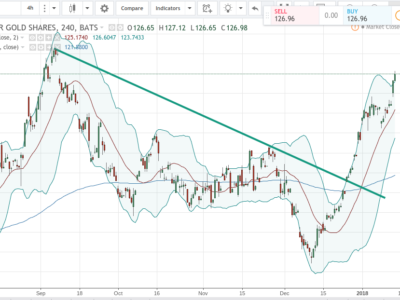How Can I Protect Myself From a Stock Market Crash?
Participating in the stock market has, for decades, proven to be a profitable venture for savvy traders and investors alike. But while countless opportunities to make money exist in the stock market on a daily basis, the risk of losing money is also inherent. From 1997’s mini crash that affected global stock markets and caused by an economic turmoil in the Pacific to the traumatizing 2010 Flash Crash that sent the Dow Jones Industrial Average down nearly 1,000 percentage points, there is no shortage of dates that exemplify the harsh and unpredictable nature of financial markets. Read on further as we discuss five ways to protect yourself from a crash.
Acknowledge that Bear Markets are Real
One cannot always approach the stock market with a bullish mindset. While everyone would love it if stocks and indexes keep climbing higher and higher each day, this is simply not the case. As with anything in life, there are ups and downs and market cycles to respect. Markets crash from time to time and if you recognize this inevitable reality, you’ll be well prepared and protected when it does start to unfold.
Allocate Your Assets Accordingly
It’s during the peaceful and prosperous bull markets that investors should check and update their asset allocation. Make sure your portfolio is both realistic and manifests your financial goals. The objective is to build and maintain a portfolio that works both in bullish and bearish markets. Focus specifically on your stock’s and bond’s distribution. Allocation between these two assets will greatly impact long-term ROI as well as volatility more than any other asset in your portfolio. People with at least a decade left prior retirement should allocate at least 70 percent in stocks and the rest in bonds and index funds. As retirement nears, you should adjust and decrease your stock allocation.
Set a Stop Loss
Setting a stop loss on your stock positions allows your broker to automatically sell and close a position when it reaches the predetermined price. A stop loss can be set either by dragging and dropping a broken red line on the stock’s price chart or by setting the levels on the order field. Stop losses are a common feature, alongside with profit targets, and can be found in every broke platform. While a losing position with a stop loss won’t always close out when it reaches the specified price, especially during sharp downturns, it does give you peace of mind that your potential losses are limited.
Set Up a Self-Directed IRA
This type of retirement account gives the owner complete control over all investments made. There are many benefits to opening a self directed IRA, an obvious one being that it allows for greater opportunity to diversify assets. You aren’t limited with traditional stocks and bonds. All assets are kept in the account and managed by a custodial entity, like a bank or trust firm.
Avoid the Headlines
While it might sound counterintuitive to avoid the news and restrict yourself from relevant data about the stock market, especially during a crash, it actually makes strategic sense to shut all this information down. Everyday, there are news articles and blog posts circulating the web about the stock market going down or some other crisis in another part of the globe affecting stocks in your home front.
Final Thoughts
Any smart and successful investor will always first protect himself/herself before looking to make money in the stock market. Use the tips above to protect your capital in the event of a market crash. Remember that these sharp downturns are only temporary and can even provide a better opportunity to get in since most stocks are at a low.














